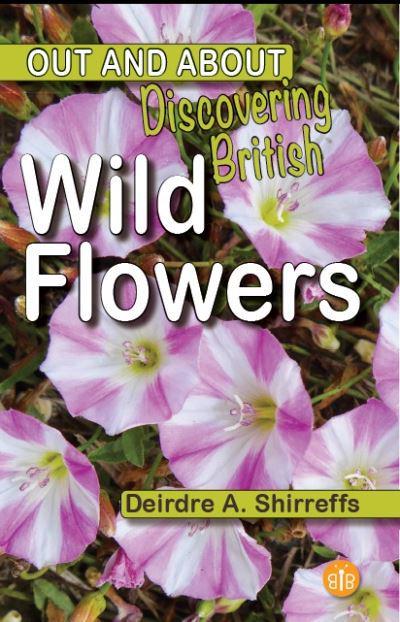
This is a book allegedly aimed at 6-12 year olds but I found it suited me fine. Each year I tell myself, with less and less conviction each year, that I’ll learn a few more plants and I try, but somehow each Spring finds me re-learning the same species over again. This simple photographic guide has the great advantage that it deals with only a few more than 100 species, common ones, and so it concentrates on what I am most likely to find and ignores the rest.
Moreover, the species are arranged by habitat so that one can turn to a sensible shortlist very quickly. For people of a short attention span, a few children and me, if the species I am looking at in the countryside isn’t immediately to be found in the book then that’s just fine. I can either take a photo and go through the agony of selecting which of the dozens of similar-looking species it is when I get home, or, more likely I can enjoy it, whatever its name and then forget about it.
My back garden hosts roughly a quarter of the plants in this book but I might add a few more through careful observation and reflection this Spring and Summer – but then again, I might not.
The book has plenty of good-enough photographs and the text is pared down to what is most useful and least confusing. The text and design exude a friendly openness that some botanists could do well to emulate. It’s of a size that it could live in a car’s glove pocket, and be slipped into a rucksack or pocket for a walk and even if never looked at would not seem a burden to carry.
A good book for adults to use with children or for serial adult plant-forgetters to use on their own.
Out and About, Discovering British Wild Flowers by Deidre Shirreffs is published by Brambleby Books.
[registration_form]
Well, I got up with gloom in my heart this morning and thinking about the DEFRA consultation and the pheasant in my garden didn’t help, but this review made me laugh! Thank you Mark.
If it’s an encouragement some of us whose main interest is plants find that we have forgotten many of the name by the time spring comes round again! Something to do with plants (& their identification especially) being rather seasonal I think. Blue tits et al never disappear for month on end.
Remember, 90+% of what you see are the common species. Identification is mostly recognition. Recognising the plant /bird/insect as something that you know and can name or as a different thing which can then be followed up for ID or study if desired.
I learnt my basic plants decades ago from a brilliant book which organised them by colour then by number of petals………….I dont think it is in in print anymore but yes, learning and appreciating the basics will hopefully bring a connection to most of the individual bits of biodiversity around us
“a friendly openness that some botanists could do well to emulate”
Yes. Way too much wordy obfuscation and revisionism. I’m sure someone loves taxonomists, but possibly only their mothers. I’m scared to get an up to date edition of C E Hubbard’s Grasses in case I have to learn everything all over again and I would lay money on the list of redundant binomial terms for couch grass now being longer than the list of traditional common names. Even the polite ones. Perhaps it will be settled in 20 years’ time but I won’t be holding my breath by then.